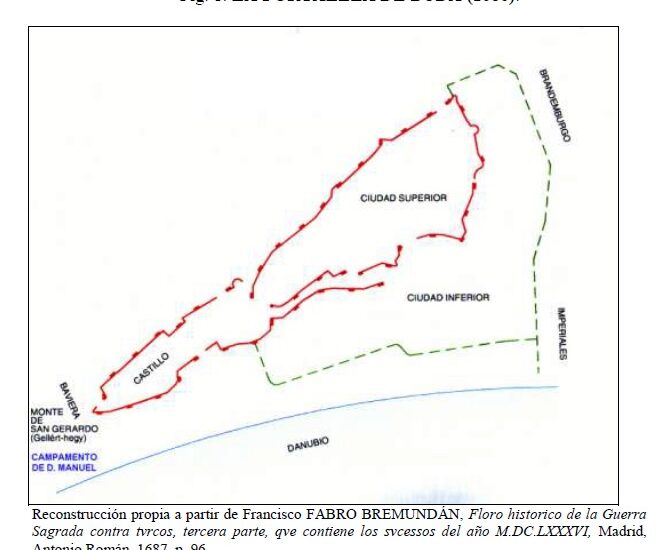
The series of four etchings by Jacques Callot (1592-1635) stands out in the iconography of the wandering life of the gypsies. It is known as Les Bohémiens and was published between 1621 and 1625. The first print is entitled The Gypsies on the March: The Rearguard, and offers a warlike vision of the male Gypsies. This is not the skilled gypsy who works with metal or the shaman who deals with animals, but the fully armed professional warrior who offers himself as a mercenary. They wear jackets, high soft boots and wide-brimmed hats with feathers. Like so many of them, he travels with his family, duly accommodated in a wagon with spoked wheels that largely solved their housing problem. They carried blankets, rugs, barrels, clothes and other kitchen utensils. The image is also a reminder that the Gypsy people are actually made up of many different tribal-like groups that can properly be considered as clans. The leadership they know almost always refers to an older person who is usually, but not always, a man. This picture shows three generations of gypsies, the most comfortable place being for the elders. An old man with no military attributes, perhaps the patriarch, drives the cart mounted on a penco. The oldest woman rides in the carriage while the others are divided up: some on old nags, others on donkeys and the rest, even if they are pregnant, walk. Some of the women are covered with striped cloaks and all are barefoot, surrounded and embraced by countless children on their backs, on their laps or on their chests. The little ones carry animals in their arms, have learned to walk barefoot and are busy playing, either with their father’s hat or some utensil on their heads. The couplet that can be read at the top of the engraving limits itself to saying indulgently what they are, poor beggars, and to making a sceptical statement about what is expected of them, future promises, good fortune: “These poor beggars laden with good fortune/bring nothing but future things”.
Collection: Images
Project: 4. Family, daily life and social inequality in Europe., 7. Persecuted by justice and powers: rebels, political dissidents and criminals in the history of Europe., 9. Travels and travelers: economic, social and cultural connections.
Chronology: XVII
Scope: University
Link: https://gallica.bnf.fr/ark:/12148/btv1b8495758q
Resource type: Image
Format: Printmaking, etching and engraving, 12,2x23,7 cm
Source: Gallica. Biblioteca Nacional de Francia. Departamento de Estampas y Fotografía
Language: French
Date: 1621-1625
Owner: Blanca Rodríguez Hernández (Modernalia)
Identifier: ark:/12148/btv1b8495758q
Copyright: Dominio público
Abstract: Engraving by Jacques Callot of gypsies on the march, included in the series Les Bohémiens (1621-1625)
Tags






